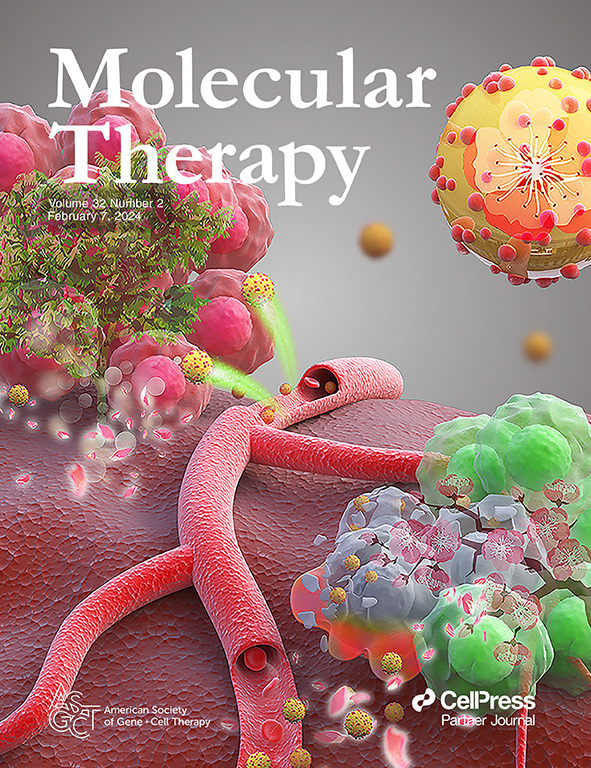Immunology of RNA-based vaccines: the critical interplay between inflammation and expression.
IF 12
1区 医学
Q1 BIOTECHNOLOGY & APPLIED MICROBIOLOGY
引用次数: 0
Abstract
Since its use during the COVID-19 pandemic, mRNA has emerged as a leading candidate vaccine platform for pandemic infections. A critical difference between RNA-encoded antigen and protein vaccines is that RNA-based vaccines require the antigen to be translated in the body, adding an important variable. Much of the research focus in the field has been on ways to increase expression, but inflammation plays a critical role. The vaccine delivered is a combination of the RNA and the formulation, so both elements need to be considered. Formulated RNA can act as a form of adjuvant but can also activate cellular pathways that inhibit expression. Expression and inflammation are interlinked, but independent - a deeper understanding of the quality and quantity of immune induction will help to develop more efficient RNA vaccines. Here we discuss factors that shape responses to RNA-based vaccines. These include the composition of the vaccine (the use of modified RNA bases, whether self-replicating or traditional mRNA, and critically, the formulation) and the type of cells which take up and translate the RNA. We then consider challenges presented by current generation RNA vaccines including clinical impact and how improved immunological understanding can inform the development of improved RNA vaccine platforms.rna疫苗的免疫学:炎症和表达之间的关键相互作用。
自在COVID-19大流行期间使用mRNA以来,mRNA已成为大流行感染的主要候选疫苗平台。rna编码抗原和蛋白质疫苗之间的一个关键区别是,基于rna的疫苗需要抗原在体内翻译,这增加了一个重要的变量。该领域的大部分研究都集中在增加表达的方法上,但炎症起着至关重要的作用。所提供的疫苗是RNA和配方的组合,因此需要考虑这两个要素。配制的RNA可以作为一种佐剂,但也可以激活抑制表达的细胞途径。表达和炎症相互关联,但又相互独立——对免疫诱导的质量和数量的深入了解将有助于开发更有效的RNA疫苗。在这里,我们讨论影响对rna疫苗反应的因素。这些因素包括疫苗的组成(使用修饰的RNA碱基,无论是自我复制的还是传统的mRNA,以及关键的配方)和吸收和翻译RNA的细胞类型。然后,我们考虑了当前一代RNA疫苗所带来的挑战,包括临床影响以及如何改进免疫学理解可以为改进RNA疫苗平台的开发提供信息。
本文章由计算机程序翻译,如有差异,请以英文原文为准。
求助全文
约1分钟内获得全文
求助全文
来源期刊

Molecular Therapy
医学-生物工程与应用微生物
CiteScore
19.20
自引率
3.20%
发文量
357
审稿时长
3 months
期刊介绍:
Molecular Therapy is the leading journal for research in gene transfer, vector development, stem cell manipulation, and therapeutic interventions. It covers a broad spectrum of topics including genetic and acquired disease correction, vaccine development, pre-clinical validation, safety/efficacy studies, and clinical trials. With a focus on advancing genetics, medicine, and biotechnology, Molecular Therapy publishes peer-reviewed research, reviews, and commentaries to showcase the latest advancements in the field. With an impressive impact factor of 12.4 in 2022, it continues to attract top-tier contributions.
 求助内容:
求助内容: 应助结果提醒方式:
应助结果提醒方式:


